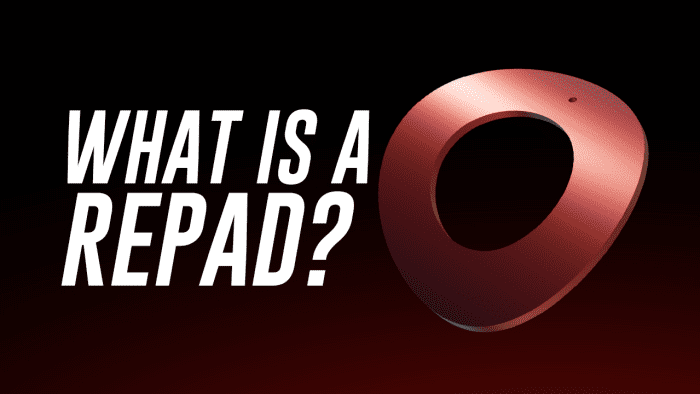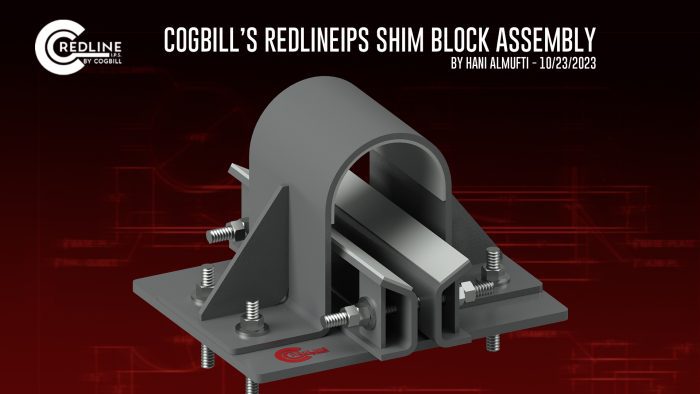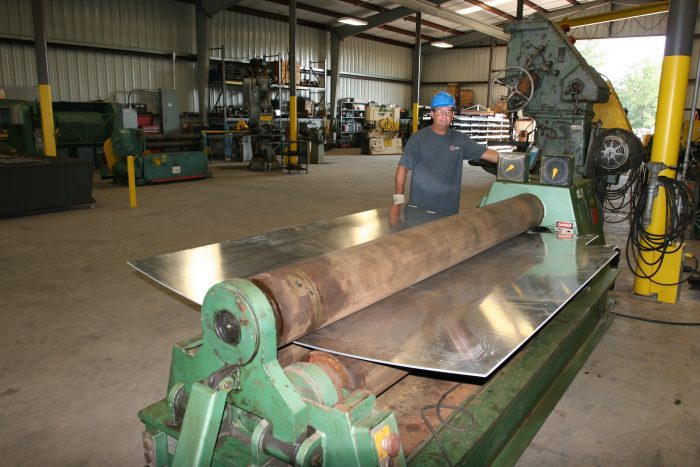Personal Protective Equipment

Cogbill Construction Weekly Safety Tuesday, June 8th, 2021
Personal protective equipment (PPE) works to minimize or prevent exposure to workplace hazards that can cause injuries or illnesses. The safety and wellbeing of all employees should receive first consideration throughout all phases of work. PPE should be easily obtainable by employees, noting that some can be provided by the employer while others will be the responsibility of each employee. It should not be used as a substitute for engineering, work practice, and/or administrative controls, but rather in conjunction with these controls, to ensure employee safety and health in all operations.
The following is a general description of the different PPE utilized in construction and manufacturing:
Eye and Face Protection
Employees shall use appropriate eye or face protection when exposed to eye or face hazards for flying particles, molten metal, liquid chemicals, acids or caustic liquids, chemical gases or vapors, or potentially injurious light radiation. Example: glasses, goggles, face shields, and welding helemets.
Head Protection
Employees should wear protective helmets (hard hats) when working in areas where there is a potential for injury to the head from falling objects and when working near exposed electrical conductors which could contact the head.
Foot Protection
Employees should wear protective footwear (safety shoes) when working in areas where there is a danger of foot injuries due to falling or rolling objects, or objects piercing the sole, or where such employees’ feet are exposed to electrical hazards. There are five main types of protective footwear, each focusing on a specific type of hazard:
Metatarsal footwear.
Conductive footwear.
Electrical hazard footwear.
Sole puncture resistant footwear.
Static dissipative footwear.
Arm and Hand Protection
Use appropriate arm and hand protection (gloves) when employees’ arms and hands are exposed to hazards such as those from skin absorption or harmful substances, severe cuts or lacerations, severe abrasions, punctures, chemical burns, thermal burns, and harmful temperature extremes.
Protective Clothing
The personal work clothes of employees should fit their work assignments and be in adequate condition. Many hazards can threaten the torso; heat splashes from hot metals and liquids, impacts, cuts, acids, and radiation. For jobs with serious requirements, vests, jackets, aprons, coveralls, and full-body suits should be provided.
Ear Protection
Employees who are exposed to noises at higher decibiles should wear appropriate ear protection to prevent hearing loss over time. Examples: Single-use earplugs, molded ear-plugs, earmuffs.




